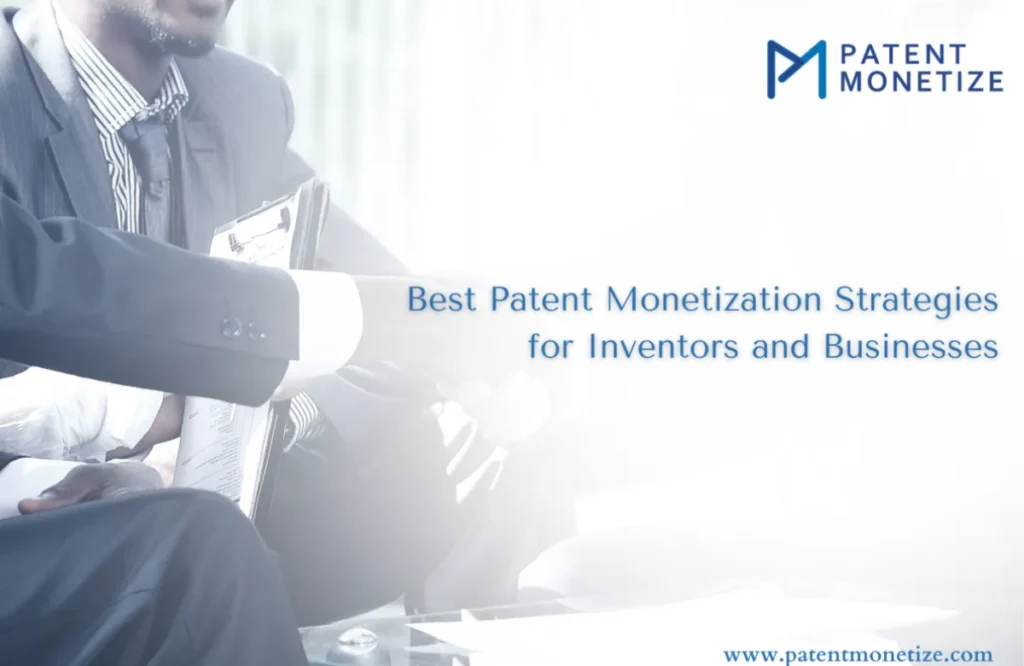
Patent Monetization for Inventors and Businesses, Patents are no longer just a piece of intellectual property protection in the era of innovation. Rather, they have developed into an asset that generates revenues. Patent Monetization is the process through which inventors and businesses derive financial value from their patent portfolios.
Patent monetization can come through licensing, selling, enforcement, or even collaboration. Therefore, it will bring about an excellent opportunity to enhance the financial prospects of an organization. The best practices in patent monetization and strategies on how businesses and inventors cash out maximum value from their IP and all considerations in settling on the correct approach are analyzed in this article.
What is Patent Monetization?
Patent Monetization is the process of converting patented inventions or a group of patents into a source of income. To this extent, it offers a couple of avenues to an inventor, a small business and a big firm alike, to monetize returns from his or her intellectual property. Patent monetization depending on the method adopted, generates distinct forms of income in the form of royalties, a lump sum payment or selling a patent. Patent Monetization Strategies in the hands of a patent holder can also be income but is often seen as the starting point for strategic partnerships, funding, and expansion into new markets. Innovation is what has been said to fuel business success within the realms of technology, pharmaceuticals, and manufacturing. And it is within this space that patent portfolios increasingly become an asset, and, if managed right, will become a large player in a company’s growth.
Why Patent Monetization is Important
Patent monetization is important for several reasons. First, it unlocks value from the IP owned by companies. Sometimes, IP forms an important part of the worth of a company, making extraction that much more important. The following are the main reasons patent monetization is important:
- Asset maximization: Intellectual property for most industries accounts for a huge part of a company’s valuation. Patents are a very valuable asset, and the full financial potential of businesses is unlocked through the monetization of patents. Small startup companies as well as big corporate houses witness improved cash flows and company valuation through patent portfolios.
- Income Generation: The patent monetization offers an avenue for revenue generation to the concerned inventors or businesses. This generated income is used in sustaining more R&D, marketing, operations, and further innovations that would push the business forward.
- Strategic business development: The relevance of patents continues to grow in this category, and access to new markets, new technologies, and new resources is granted through strategic partnerships and collaborations with larger companies. Sometimes, the right patent can initiate a full-fledged merger or acquisition.
- Risk Mitigation: Patents can be enforced through litigation or licensing deals that will ensure competitors will not be able to use proprietary technology without permission, thereby being a form of protection for the inventor or business. This ensures that market share is maintained, profitability is increased, and the risk of IP theft is reduced.
Key Patent Monetization Strategies
Patent Monetization, There are many strategies that businesses and inventors can use when monetizing patents, and the best strategy depends on many factors – market, value of the patent, existing resources, or business goals. Let’s find some of the most effective ways of patent monetization.
1. Licensing agreements
Patent Monetization, Licensing is so created that it forces some other party to apply the patented invention and, in return, provides some form of compensation from it, which can be made as royalties or can be milestone or lump sums paid. Flexible and adaptable the license agreements keep their position; remain one among flexible means by which patents may be monetized. The most important source of income in patents is licensing.
Types of Licensing Agreements
- Solely Licensed: In sole licensed, the patent owner is allowing the licensee the right to use patented technology exclusively in a region, market, or industry. For providing such an exclusive right to the licensee, the inventor receives royalties or other forms of compensation. This is only helpful to the licensee as they achieve an exclusive right to the technology in question that may help them exercise market power.
- Non-Exclusivity License: Non-exclusivity licenser is not similar with exclusive. In a non-exclusivity licensee, the patent owner issues out license to various firms. Though the royalties of every one of the licensee’s be low, on this technique, the inventor is able to acquire income coming from various streams, and normally it will work to be more absolute revenue inflow.
- Cross-Licensing: This is between the bigger companies. Cross-licensing is the two companies that will share patents that give access to technologies of each other. It reduces patent infringement risks, lowers costs, and avoids litigations. Cross-licensing is generally common in the areas of telecommunications, electronics, and technology.
Benefits of Licensing Patent Monetize
- Predictable Revenue Source: Licensing agreements assure a steady and predictable revenue stream without the need to manufacture or sell the product. Once an agreement has been reached, the inventor or business stands to continually collect payments without much further work.
- Market Penetration Licensing a patent to another company, especially one that has a proven customer base or market reach, allows the patent holder to extend the market penetration of the technology without investing in the infrastructure necessary to sell or distribute the product themselves.
- Risk Sharing: Licensing pools commercialization’s financial risks with both a patent owner and licensee, and it is reasonably effective when both costs of development as well as risks are relatively significant in most scenarios.
Licensing: Risks
- Loss of Control: Once a patent was licensed, the inventor or the company may be left with having no control on how the patented item would be used, sold, or even manufactured. Such becomes a problem when the acts of the licensee harm the product’s reputation or potential in the marketplace.
- Revenue Dependence on Licensee’s Success: Usually, revenue generated from licensing is dependent on the success of the licensee. In case the licensee fails to commercialize the technology or goes bankrupt, the inventor or business will not receive the revenue expected.
2. Patent Sales
Patent Monetization, This would be the sale of the patent ownership to another party for a payment upfront. This would be an extremely attractive exit strategy for the inventor or business looking to leave the market, rationalize the intellectual property portfolio, or simply cash out on a valuable patent without having an interest or wherewithal to exploit it further.
Advantages of Selling Patents
- Direct Cash: The easy inflow of cash is one of the benefits of selling a patent. It could also be much-needed funds for future investments or venture activities for an inventor or for a business.
- Easy Management of Intellectual Property: Selling a paten efficiently help manage and protect the IP. This could be an opportunity for businesses to clear their various patents that cannot be commercialized.
- Exit Strategy: Exits from the market are also done through patent selling by those inventors who do not plan to continue the invention or even a company trying to reduce its IP portfolios. They can exit from that technology and enter into the next phase of the new opportunity they have.
Benefits of Patent Sale
- Loss of Future Earnings: Selling a patent eliminates all subsequent royalty or licensing income. At the time of selling, claims on future flows such as license fees or royalty on downstream usages are entirely given up.
- Issues Related to Valuation: Succeeding on an even ground toward achieving its fair value with regards to valuation has often times turned out hard when considering its market potential to have any reasonable estimates for assessing that particular sale’s price with so much fluctuatoward making or taking based upon various negotiated negotiations in lieu.
3. Assertion of Patens
This can be defined as aggressively enforcing one’s patented rights through lawsuits and settlement with infringement companies. Objectively, such cases usually consist of monetary damage, licensing fee, or obtaining an injunction about the unauthorized application of the patent technology.
Patent Assertion Conditions Patent Monetization Strategies
- Patented Technology being used by competitors: Patent assertion can involve settlement and even hinder further violation from the competitor to whom the technology belongs.
This happens to be correct when such a patented technology of high value also has a tremendous amount of utilization in the marketplace. When used by the rival in unauthorized modes through which an unfair advantage might have been grabbed, then on asserting such a right, revenues lost can certainly be recovered back.
Benefits that can be Achieved through Patent Assertion Patent Monetization Strategies
- Monetary Benefits: It can collect significant monetary compensation in damages and royalties in such a patent assertion. Moreover, damages or infringement which had been suffered in the past can also be recovered after settlement whereas royalties keep on accruing in the future.
- Injunction to Further Infringement: Even threats of litigation, which could keep the companies away from further infringement by costly litigation, or even the companies opt for licensing the technologies rather than indulge in court battles.
Disadvantages of Patent Assertion Patent Monetization Strategies
- Costly and Time-Consuming: Patent assertion often requires protracted and expensive litigation. The lawsuits may take years without any indication of a win. Legal fees may be sky-high especially in the case where the patent owner has fewer resources.
- Tied Hands Relations: Aggressive patent assertion usually harms relationships between industry peers and potential partners/customers. They are not drawn to partner, or even
engage in business deals with patentees with a propensity for litigation.
4. Patent Pools
A patent pool is an agreement where a number of patent owners grant each other and usually third parties rights to use such patents. Patent pools become common in sectors where companies will develop complementary technologies, such as telecommunications or electronics.
Benefits of Patent Pools Patent Monetization Strategies
- Improved Access to Markets: Patent pooling makes it easy for the companies to have access to complementary technologies. The patent pools reduce the licensing costs and help a company combine numerous technologies in the product.
- Reduced Risk of Litigation: Patent pooling reduces the risk of litigation among the parties since they cross-license patents before agreeing. Hence, the danger of potential patent conflict is reduced.
- Lower Transaction Costs: Consolidating patents and licensing them under one licensing agreement saves companies on transaction costs and saves the hassle of negotiating multiple separate licensing deals.
5. Patent Rights Sales to Patent Aggregators Patent Monetization Strategies
Patent aggregators are simply companies that buy patents in bulk from such inventors or companies. The companies shall then try to monetize the patents by licensing, selling, or even asserting them. Often times, patent aggregators have the resources and expertise in maximizing the value of a patent portfolio.
Advantages of Selling to Patent Aggregators Patent Monetization Strategies
- Quick Exit: Patent aggregators can easily provide the inventors or companies an opportunity to get out of their patent holding quickly. No need for long, time-consuming, and costly licensing or litigation, an inventor can just sell the patent to the aggregator straightaway.
- Experience: Patent aggregators have a great deal of experience in patent valuation and monetization. They can help extract the maximum value from a patent and thus utilize their resources to enforce or license patents effectively.
Disadvantages of Selling to Patent Aggregators-Patent Monetization Strategies
- Low Valuation: Patent aggregators buy patents at a relatively low price that would be achieved by direct licensing or litigation. This is because they bear all the risks of commercializing the patents.
- Risk Litigation: A few patent aggregators are pretty notorious for their aggressive patent assertions and always fall back on very expensive litigation that takes so long to carry out.
Read Also :- What Are the Key Factors in Evaluating the Potential for Patent Monetization Globally?
Conclusion of Patent Monetization Strategies
Patent Monetization, Monetization of a patent has nowadays become a medium through which one can realize his or her inventiveness and even business in intellectual property as the form of this valuable
source of income. Such strategies are several, such as licensing, sales, patent assertion, and pools, each different in terms of benefits and risk. This ranges from understanding the value of a patent, which requires choosing a proper strategy with the business goals, to using the right resources such as experienced people who might guide through complex management
of intellectual property.
Patent Monetization Strategies It depends on these factors that an inventor or business decides which method it feels would be the best way to monetize its patents. Patent monetization, if carried out through proper planning and strategic execution, may be a tool to generate revenues and create partnerships, further pushing business growth forward. Technically, it defines the process for the transformation of a patented invention or even a portfolio of patents into a source of generating income. Techniques for patent monetization include licensing, sales, patent assertion, and licensing in a pool. This technique is essentially considered the monetizing of intellectual property to obtain such potential income advantages or business values.
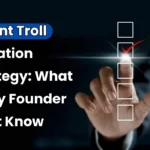


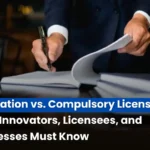
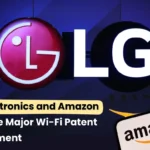



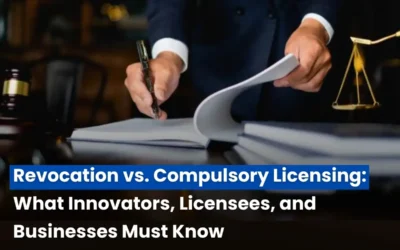
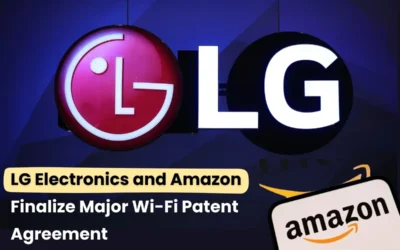
thanks good informative detailed information